Skype Lessons

Having taught hundreds of Skype lessons over the last ten years, I’ve come to believe that Skype is a great way to both teach and learn from the comfort of your own home. Although I’m teaching full time at KU

Free Jazz Education and Music

Having taught hundreds of Skype lessons over the last ten years, I’ve come to believe that Skype is a great way to both teach and learn from the comfort of your own home. Although I’m teaching full time at KU
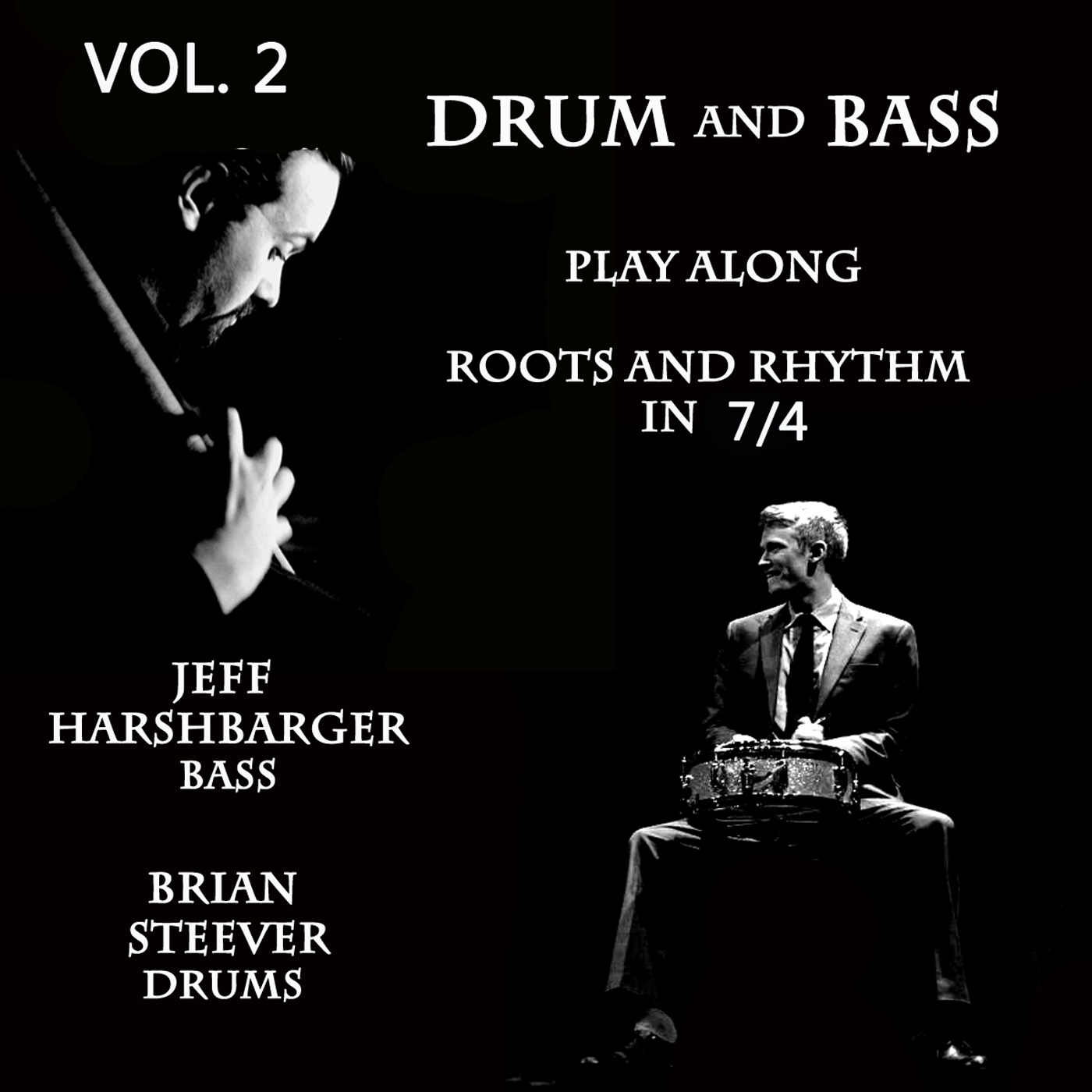
This is Vol.2 of the Drum and Bass, Roots and Rhythm “play along” which is designed for both practicing and teaching. Vol. 1 has been well received and I thought one in 7/4 would be a nice addition. I’ve been

Broken arpeggios are one great way to integrate some larger intervalic material into your improvisation while still outlining the chords that you are playing over. This simple ii-7b5, V7#5, i-6/9 melody utilizes broken arpeggios and underlying step-wise voice leading. By

This is a simple melody that uses the 2nd mode of harmonic major over a -7b5 chord (or half diminished) in one key (concert F#-7b5) which is concert E harmonic major, the 2nd mode being concert F#-7b5(nat9, nat13). This 2nd
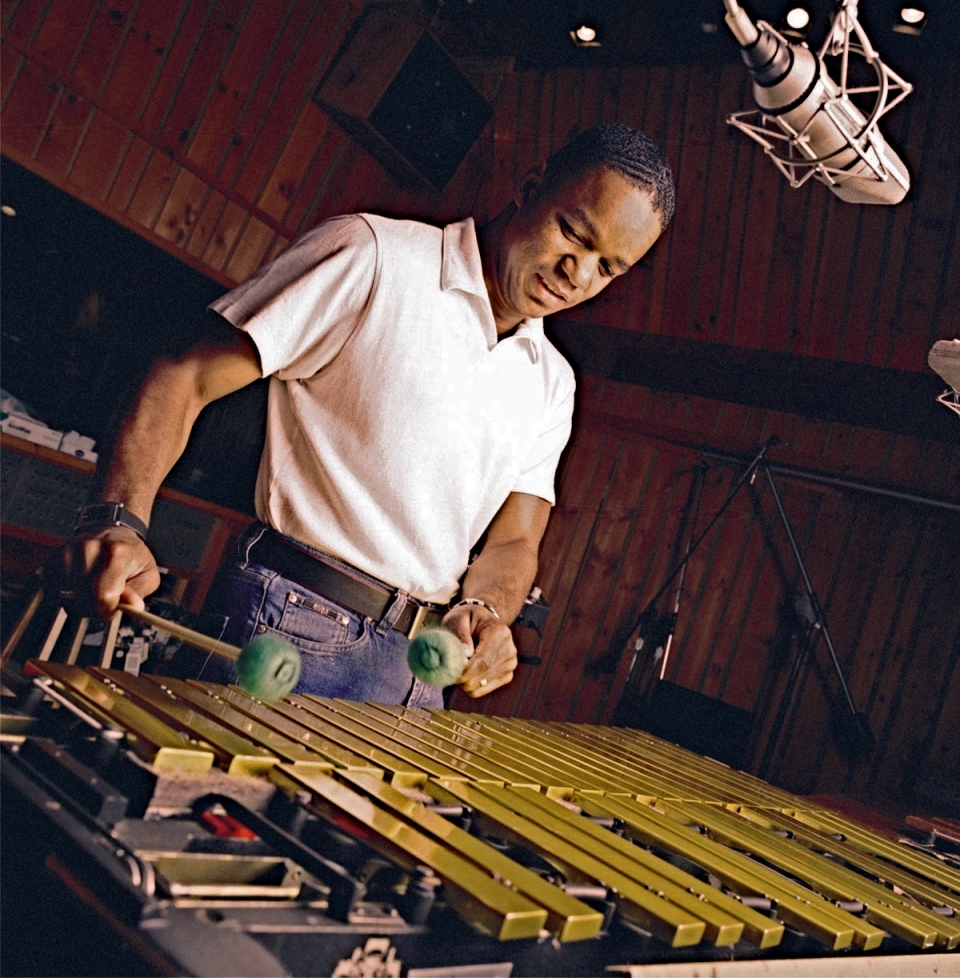
This ii-7, V7, I melody that uses minor triads with an added 9th (or 2nd) i.e. 1,3,5,9 or 1,9,3,5 etc… The first part of the melody uses a minor triad with the added 9 over the ii chord (D-7 would

While working on major 7th and minor 7th “drop 2” chord voicings, I found a nice shape to work on through the keys. Drop 2 is a great way to voice chords and has been used in classical and
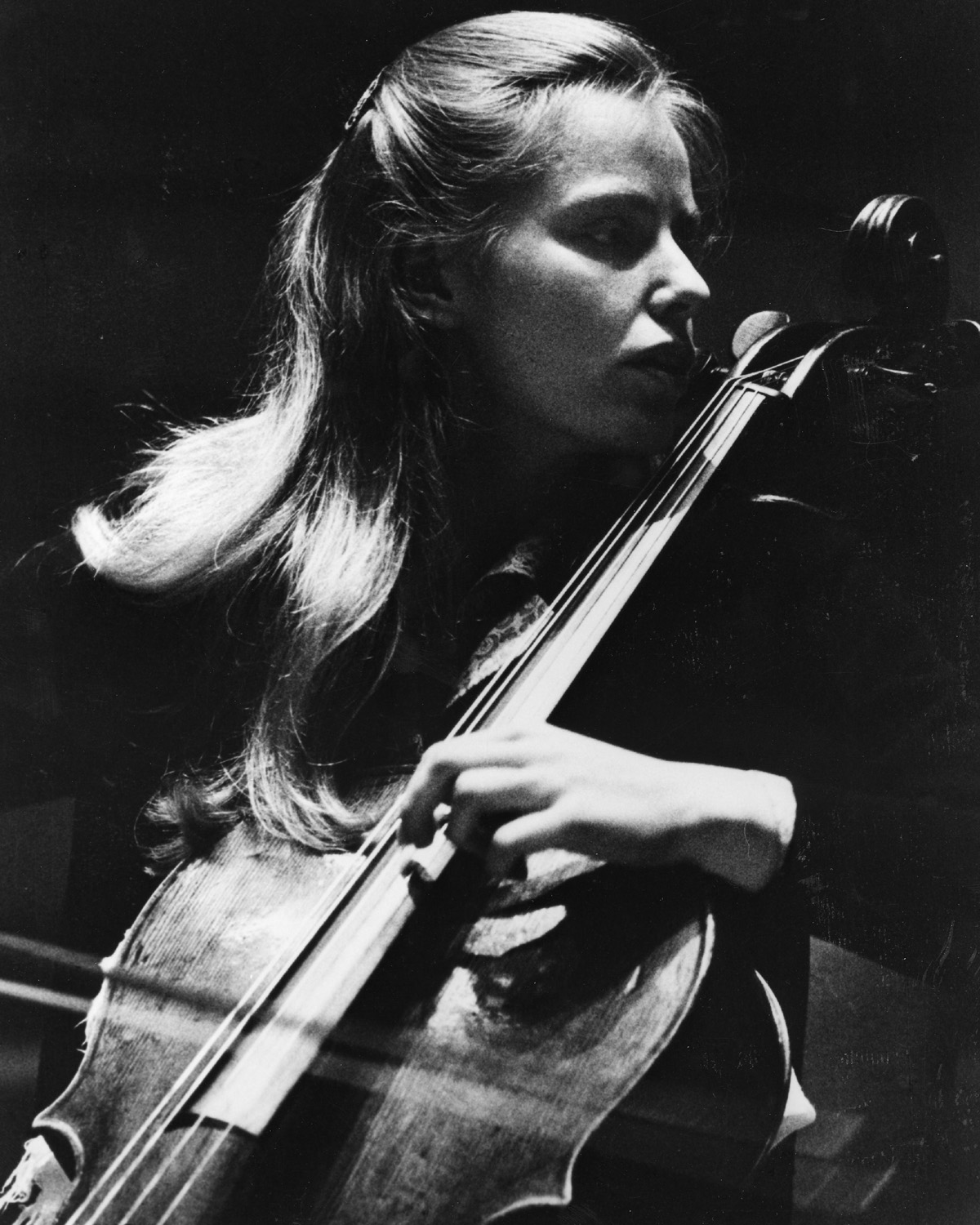
This lesson covers a great melody from one of the Bach Cello suites which has been extended slightly to cover the whole major scale. The sequence outlines the main seven chords found in the major scale (in the key of
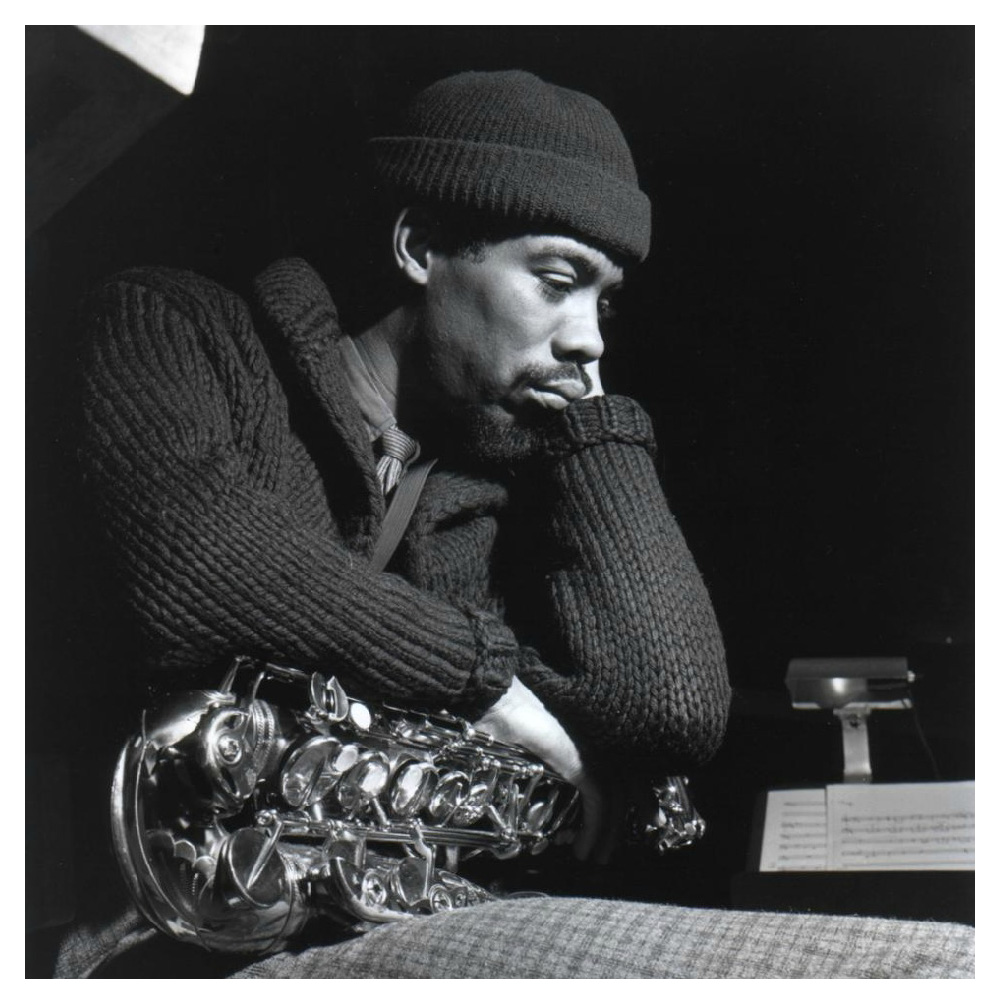
I thought it might be nice to work with a variation on Lesson 1 (Spread Triads) – In this exercise we play spread major triads a tri-tone apart, a sound which will work nicely over a dominant 7th chord with
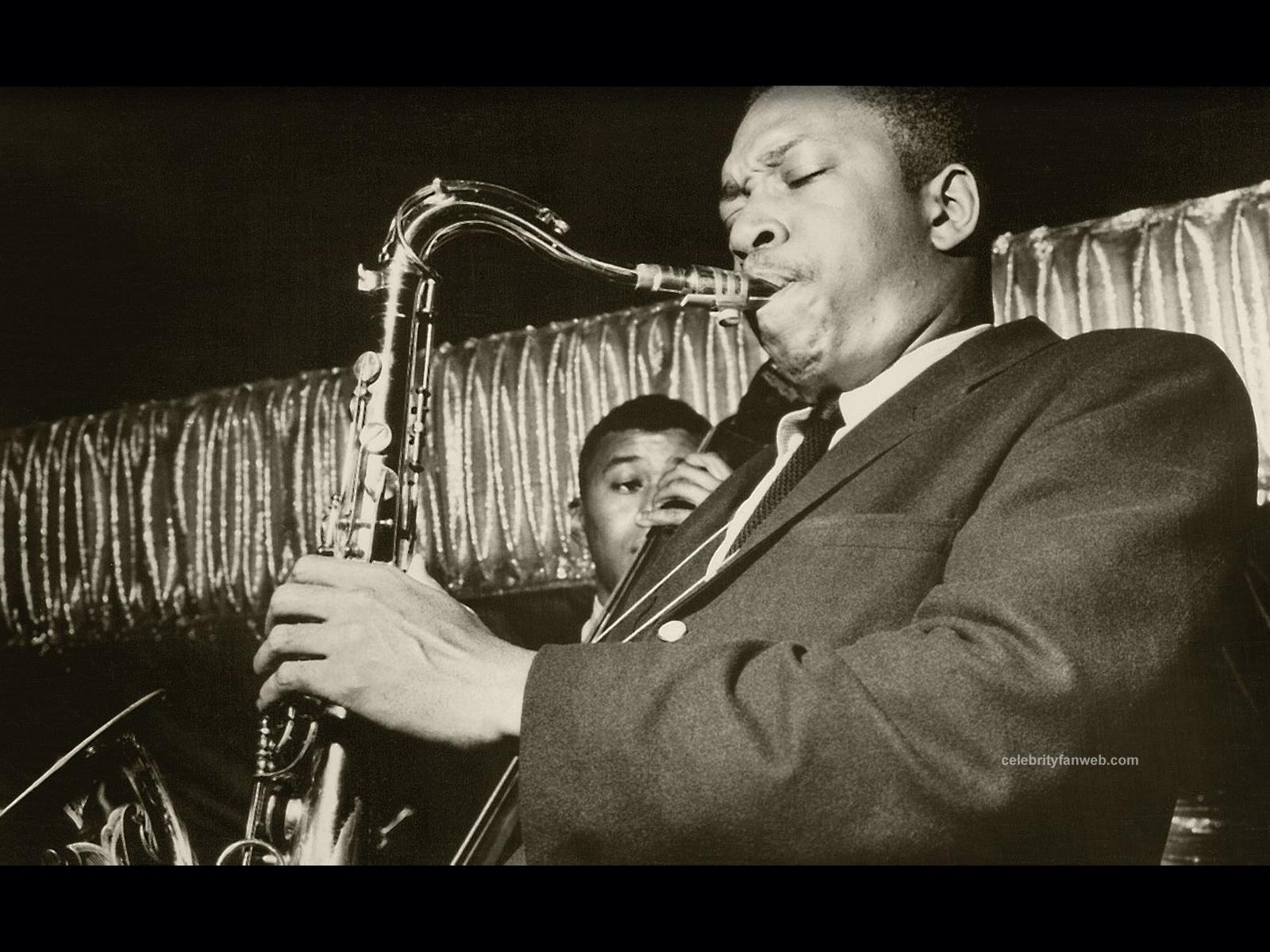
This is a short, 1 chorus etude over John Coltrane’s Giant Steps progression. It incorporates a few different conceptual ideas which I find useful. In bars 1-2 and bars 5-6 what is sometimes referred to as a “classical augmented” scale

I’ve always found it effective to work on a specific melody in order to incorporate a general concept into my playing. For instance, when learning to use the #5 on the dominant 7th or i diminished as a substitute for

Finding melodies on a single note instrument that really bring out the sound of more complex types of harmony is often a challenge. Here’s a Major 7 #5 melody I found the other day while doing some slow improvisation. It’s

Here’s an easy way to begin to introduce some wider intervals into your improvisation while still maintaining melodic and harmonic integrity. This exercise uses a dominant 7th chord, and also includes it’s upper-structure tensions (9, #11, and 13). The melody